Available in six languages, the retailer’s seafood guide helps newcomers explore fresh, local options from the Gulf of Maine
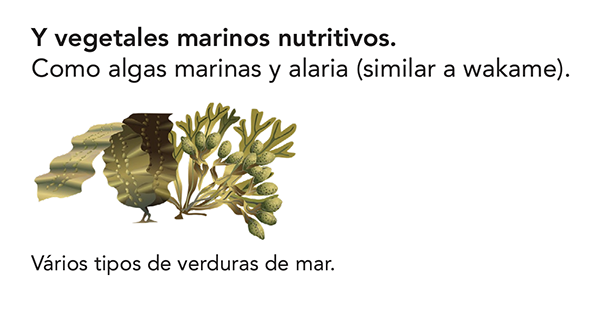
Maine-based Hannaford Supermarkets and the Gulf of Maine Research Institute (GMRI) have introduced a new Gulf of Maine Seafood Guide designed to help familiarize newly arrived Americans with the local selection of sustainable seafood.
The guide, which was developed by GMRI and translated by House of Languages in Portland, is available at the seafood counter at all Hannaford stores, as well as online. The guide is currently available in six languages – Arabic, Chinese, English, French, Portuguese and Spanish. The guide came to life as a result of consultations from focus groups with local immigrants. GMRI worked with Hannaford, Good Shepherd Food Bank and Portland Adult Education to organize focus groups comprised of immigrants from four continents.
“We know many members of local immigrant communities come from parts of the world that eat much more seafood than Americans do, and through this project, we learned more about their interest in local seafood,” said Kyle Foley, sustainable seafood director at GMRI. “Developing this guide is an exciting step towards connecting local immigrant communities with our local seafood industry and the amazing range of fish, shellfish and sea vegetables we have in the Gulf of Maine.”
Khadija Ahmed, a staff member with Good Shepherd Food Bank and an emigree from the Democratic Republic of the Congo approximately 20 years ago, facilitated the focus groups. Approximately 90 percent of the participants said they liked and wanted to eat more seafood than they currently do. Featuring colorful images of whole fish and shellfish, the guide offers information about local seafood offerings, including flavor profiles, health attributes and cooking tips.
“This new guide is a vital step in connecting New Americans with the information they need to make sustainable seafood options more accessible,” said Jessica Donahue, director of marketing and communications for Good Shepherd Food Bank. “It’s not just about the food on our plates; it’s about the stories, traditions and flavors that come with it. The development of these guides is a celebration of diversity, a pathway to healthier lives, and a testament to the power of partnerships between organizations like Good Shepherd Food Bank of Maine, Hannaford and GMRI in our shared vision of ending hunger and strengthening our communities.”
The focus groups validated what Nathan Jewell, a seafood merchandiser at Hannaford, heard at stores: that immigrant customers were confident cooks, but did not have an easy way to relate what they saw in Northeast seafood cases with the seafood they had grown up with in Africa, South America, the Middle East, or the Caribbean.
It’s not just about the food on our plates; it’s about the stories, traditions and flavors that come with it.
“We learned of the need for a guide or an orientation to the seafood that is available locally. The groups also helped us understand their preferences – the importance of affordability, frozen options and ways to better understand the fresh seafood offered locally,” Jewell said. “Many benefits came from the work to develop the guide. We understand the needs of our customers and our communities better and we are seeing new potential for Gulf of Maine seafood too. I think all the partners learned some things that will help develop the market for Gulf of Maine seafood.”
The new seafood guide is the latest development in a long-standing partnership between GMRI and Hannaford. In 2010, Hannaford began work with GMRI to vet and audit all seafood products sold at its stores on a continuous basis to ensure they are fully traceable, come from responsible sources and meet strict criteria in Hannaford’s seafood sourcing policy, which requires all seafood products sold at its stores to meet key sustainability criteria.
For each seafood product, information is required from suppliers, including how and where fish were caught or farmed and whether the fish is sourced from a fishery or farm that is certified to a Global Sustainable Seafood Initiative-benchmarked standard, engaged in a Fishery Improvement Project, or assessed as low risk by GMRI. Hannaford continues to work with GMRI to validate all new seafood products and collaborates to enhance both environmental and social sustainability in seafood.
Now that you've reached the end of the article ...
… please consider supporting GSA’s mission to advance responsible seafood practices through education, advocacy and third-party assurances. The Advocate aims to document the evolution of responsible seafood practices and share the expansive knowledge of our vast network of contributors.
By becoming a Global Seafood Alliance member, you’re ensuring that all of the pre-competitive work we do through member benefits, resources and events can continue. Individual membership costs just $50 a year.
Not a GSA member? Join us.
Author
-
Responsible Seafood Advocate
[103,114,111,46,100,111,111,102,97,101,115,108,97,98,111,108,103,64,114,111,116,105,100,101]
Tagged With
Related Posts
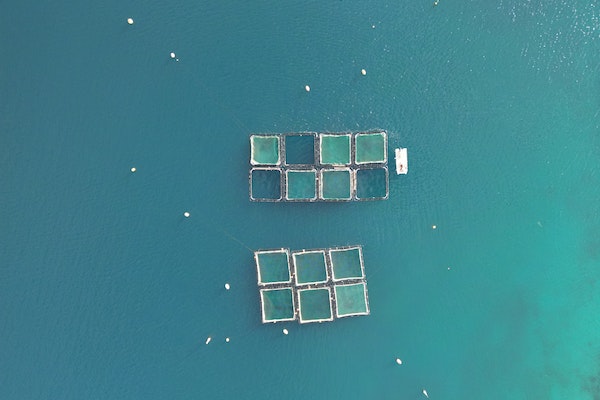
Intelligence
Study: Communicating positives about aquaculture can convert ‘naysayers’ into supporters
Researchers discover that messaging about the potential positive impact of aquaculture on the environment can persuade consumers.
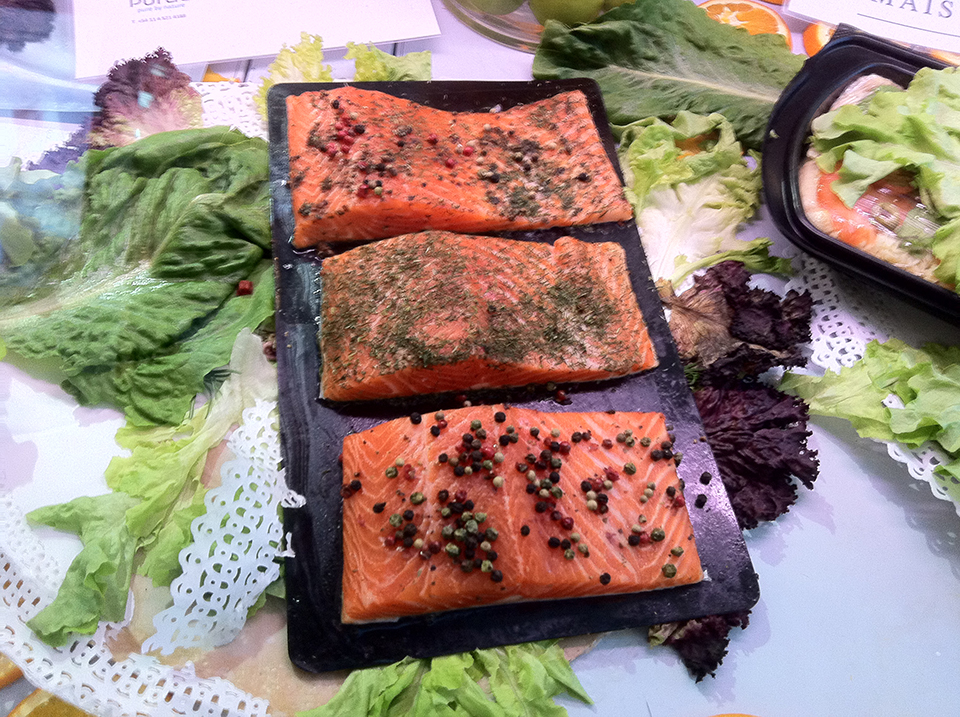
Health & Welfare
Consumers’ salmon perceptions relate to consumption frequency
Consumer perceptions regarding seafood influence consumers’ willingness to consider and purchase fish as a viable protein choice.
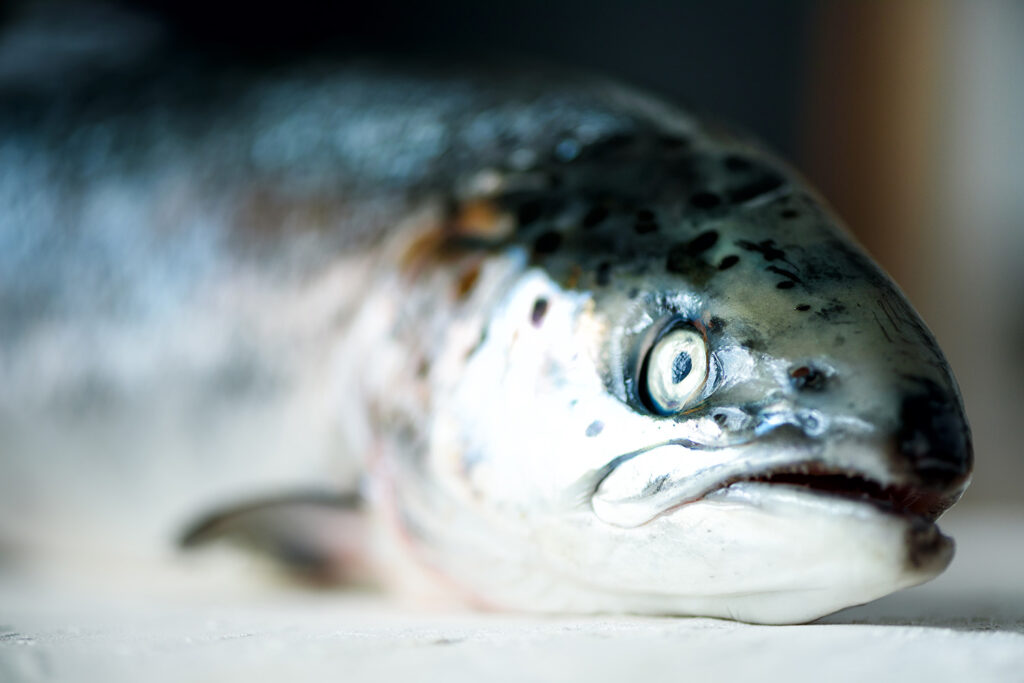
Intelligence
Canadians largely support ocean-based salmon farming, yet farms are being shut down
Amid a dizzying landscape of passions and politics, a recent survey showed the confusing messages Canadians are getting about salmon farming.
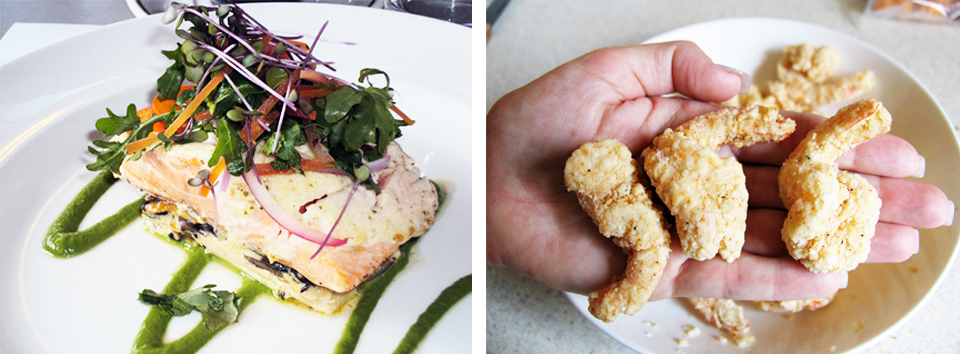
Intelligence
U.S. consumers not achieving seafood guidelines
Research found that 80 to 90 percent of U.S. consumers did not meet federal dietary seafood recommendations and that seafood consumption varies significantly among socio-demographic groups.



